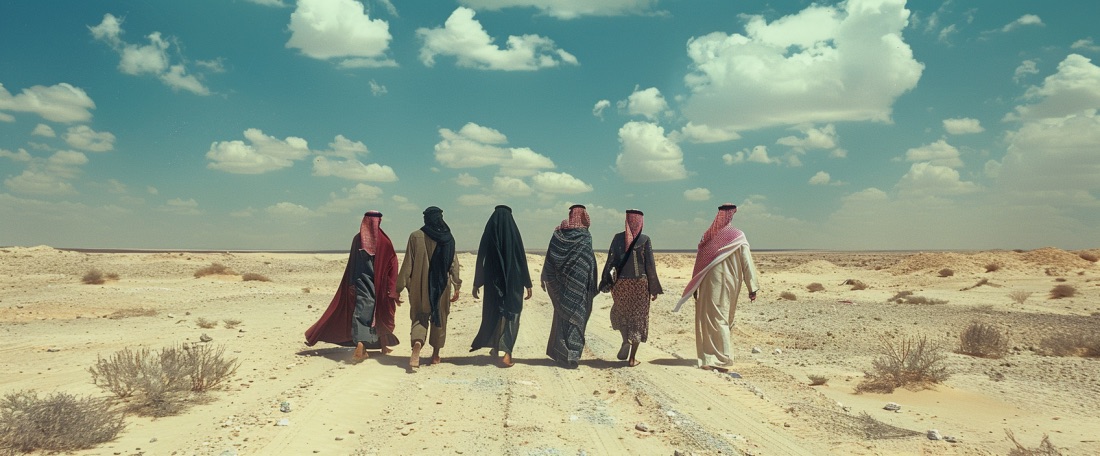The Heritage Palaces of Asir: A Tourist Haven Boosting Economic Activity
In the picturesque Asir region, the famous heritage palaces have transformed into sought-after tourist destinations, offering a vibrant mix of history and culture.
Reported by the Saudi Press Agency, these sites not only attract visitors but also play a crucial role in boosting economic activity by creating job opportunities, especially during the summer season.
The heritage palaces in Asir boost economic activity by creating job opportunities during the summer season. (SPA)
Al-Asabila Palaces: A Major Attraction in Al-Namas Governorate
The Al-Asabila Palaces, located in Al-Namas Governorate about 150 km south of Abha, have emerged as a major draw for tourists and locals alike. Nestled in the heart of Al-Namas, these palaces now welcome hundreds of visitors daily, following their inauguration by Prince Turki bin Talal bin Abdulaziz, chairman of the Asir Development Authority.
Visitors kick off their exploration by browsing through areas dedicated to traditional fashions, antiques, and gifts that showcase the rich heritage and arts of the Asir region.
The heritage palaces in Asir boost economic activity by creating job opportunities during the summer season. (SPA)
After shopping, visitors can unwind with coffee and hot drinks before delving into the Abs Palace, which has been restored to welcome guests.
According to tourist guide Saleh Al-Shehri, these palaces once served as key government headquarters and venues for national events during the early days of Saudi rule.
Restoration Efforts and Vision 2030 Alignment
The initiative to restore the palaces was spearheaded by their owners, transforming them into a thriving tourist and cultural attraction. This initiative aligns with Saudi Arabia’s Vision 2030, which aims to revitalize the region and promote domestic tourism.
The heritage palaces in Asir boost economic activity by creating job opportunities during the summer season. (SPA)
Historian Amr bin Gharamah Al-Amrawi sheds light on the history of Al-Namas, dating back to the 14th century. The village was formerly known as Al-Waad before being renamed Al-Namas, inspired by the surrounding trees and a nearby well named Al-Namasa.
The heritage site boasts several palaces like Abs, Mishref, Turban, and Kharif, showcasing the traditional construction style of the Asir region with their two to three floors and white limestone exteriors.
Inside, the palaces feature 60 rooms spread over 5,000 sq. meters, with roofs made of wood, leaves, and juniper, and interiors finished with plaster mixed with clay.
The heritage palaces in Asir boost economic activity by creating job opportunities during the summer season. (SPA)
Apart from the palaces, the area is also home to numerous archaeological sites, including the famous Al-Jahwah village, as mentioned by the traveler Al-Hamdani, and Islamic inscriptions in mountains like Al-Sijin, Al-Gharamah, and Dhul-Ain.

